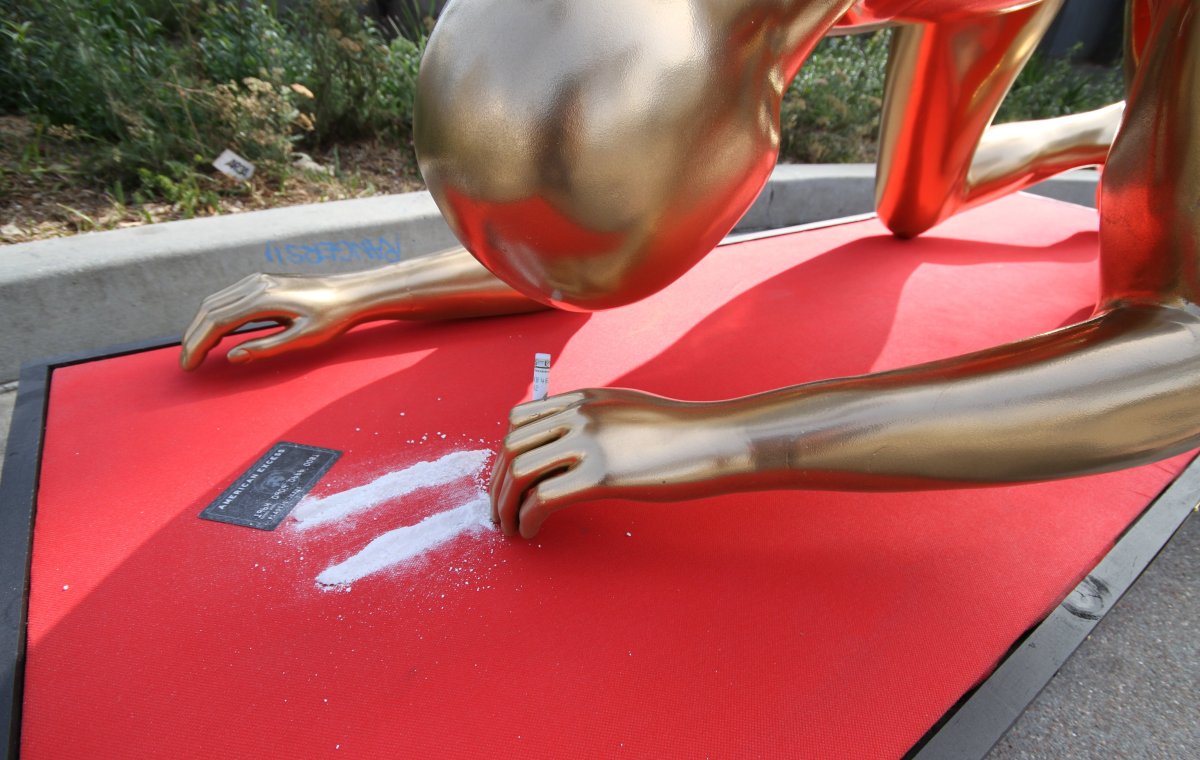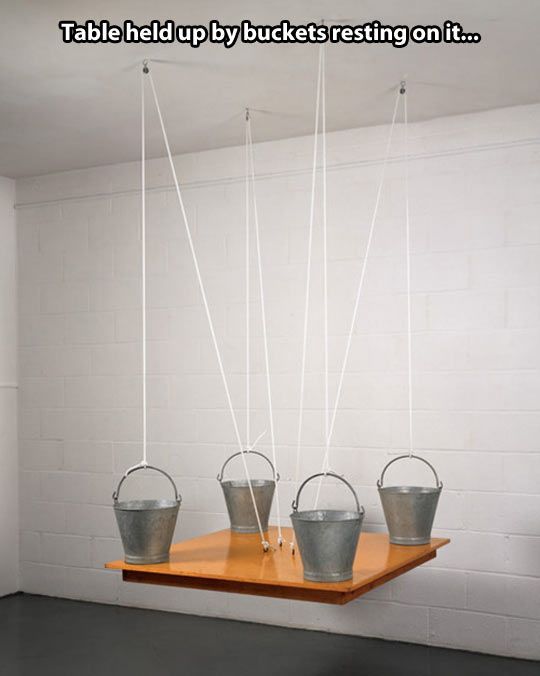
Zur Oscar-Verleihung 2015 hat Street Artist Plastic Jesus auf dem Walk of Fame in Hollywood, LA, eine menschengroße Oscar-Figur auf allen Vieren auf der Straße eine recht ordentliche Line Koks ziehen lassen. Die Aktion trug den Namen „Hollywood’s Best Party“ und wurde – natürlich auf schnellstem Wege – wieder von der Straße geräumt.
Die Huff Po hat ein kurzes Interview mit PJ dazu:
Why did you do this piece?
PJ: To bring attention to LA’s cocaine addiction. Too many people will head off after the show and indulge in coke.
How did you fabricate the piece?
PJ: It’s made from a fiberglass figure. All the body joints have been reshaped.
Where and when will the piece be displayed again, if at all?
PJ: Melrose and Stanley. Outside Urban Outfitters. On Saturday.
What is your message in this piece?
PJ: It’s time Hollywood and the USA started talking about drugs. The current drug war is not working. In 2014 cocaine outsold Coca-Cola.
Who is Plastic Jesus?
PJ: Who knows?

(via René)



